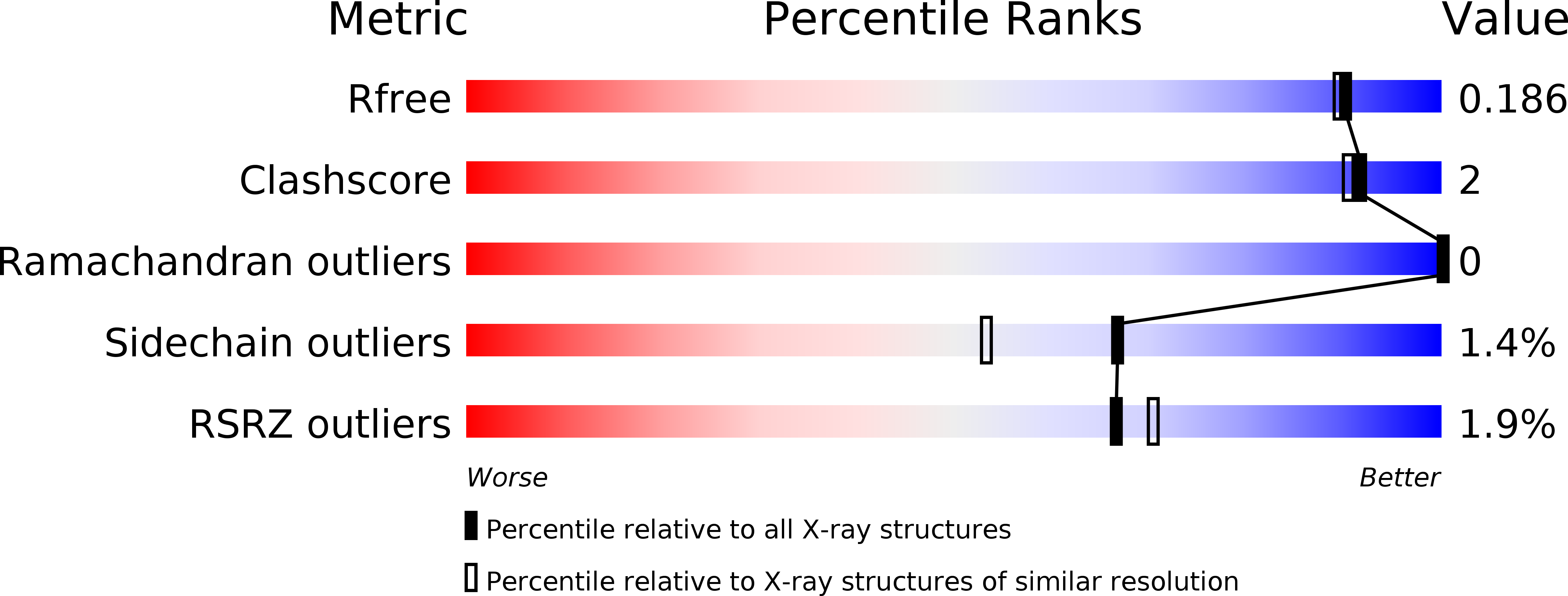
Deposition Date
2016-07-26
Release Date
2016-08-24
Last Version Date
2024-10-30
Entry Detail
PDB ID:
5L05
Keywords:
Title:
Crystal structure of catalase-peroxidase KATG of burkholderia pseudomallei treated with INH
Biological Source:
Source Organism:
Burkholderia pseudomallei (strain 1710b) (Taxon ID: 320372)
Host Organism:
Method Details:
Experimental Method:
Resolution:
1.70 Å
R-Value Free:
0.17
R-Value Work:
0.14
R-Value Observed:
0.14
Space Group:
P 21 21 21


